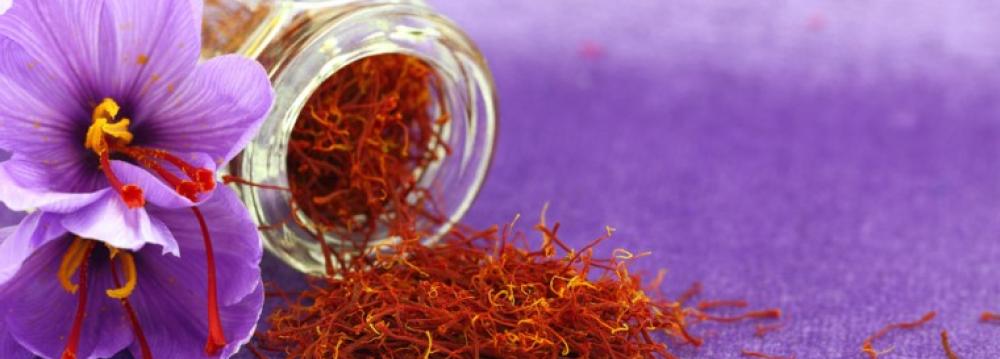A plan to ensure “safe saffron from farm to table” has been launched by the Food and Drug Administration following the closure of some restaurants that were using spurious saffron in their dishes.
A comprehensive plan has been developed jointly by the FDA laboratories, the Mashhad Agriculture Jihad and the Mashhad University of Medical Sciences, to check and control the quality of saffron, said Hussein Rastegar, director-general of FDA’s reference laboratories, IRNA reported.
“Profiteers and black marketers are adulterating the product due to its high price. We are now identifying and monitoring the stages of saffron production where fraudulent practices that can affect the product quality, are likely to happen.”
Although currently, most of the saffron products supplied in the country are safe and healthy for consumption, yet there are racketeers who commit food fraud; the plan aims to prevent adulteration of saffron and saffron products, he said.
One of the most common food frauds in saffron is the replacement of authentic saffron stigmas or threads partially or completely with less expensive substances, like corn silk, the fine thread-like styles on an ear of maize, colored in synthetic dyes.
“We also monitor the product farming, storage, and packaging to ensure high standards in all stages of production,” the official said.
According to Iranian officials, Iran has produced a record 310 tons of saffron so far this calendar year (ends March 19). The price of a kilo of saffron reached around $2,000 in 2014 when Iran exported about 170 tons of the product worth $244 million, to a total of 53 countries.
Iran has the best saffron in the world. It is mostly produced in South Khorasan and Khorasan Razavi provinces.


